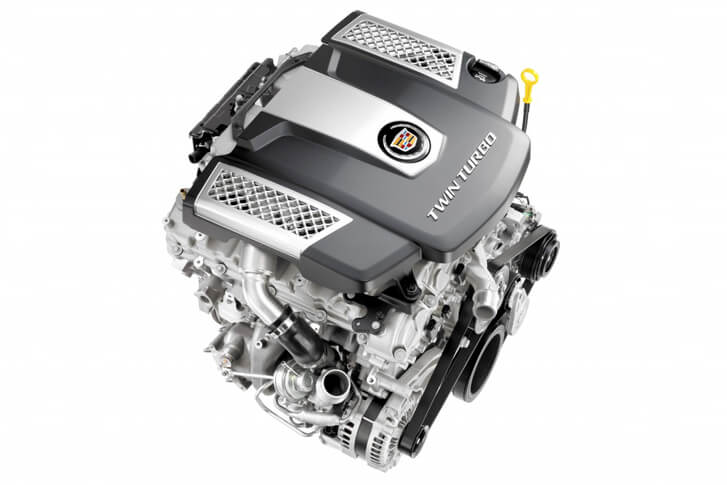
The automotive Holy Grail is to ultimately pair the performance with fuel economy. The direct injection engines are exactly do the same, but to achieve that kind of performance you need to pay some extra. The direct injection fuel technology is the most modern and successful technique of squeezing more mpg out of the same amount of fuel as of other models.
Different automakers are offering this technology with different names, such as, Mazda engines offer SkyActiv. In the case of Mazda3, its average fuel economy was 26mpg in 2010 when it was using the traditional techniques. But with the SkyActiv direct injection technology in 2012, the average fuel economy has been increased up to 32mpg.
Other companies are using the direct injection technology to increase the overall engine power, means horsepower, such as, Cadillac CTS has gained almost 35bhp from this technology.
Their fuel economy is still the same. Most up-stream models are offering this technology with an addition of a small amount in price. But with the time, it will be available on almost all models and definitely will be within the means of everyone.
As reported by some customers, this direct injection engine technology has some reliability issues, and like always, automakers are trying to hide the facts. One of the users of direct injection system said, “I have a 2006 VW GLI with the 2.0T FSI engine with direct injection. At around 80,000 miles, I went to the VW dealer to diagnose a check-engine light. It turns out that the intake valves had to be cleaned due to carbon deposits that were causing drivability issues.”
He said that his dealer failed to offer any solutions or any compensation on this issue while being in warranty. He took his car to a local VW shop where they cleaned his engine valves. They used a traditional method of walnut shells blasting, typically stuck with BMW. This whole process shunned off $400 from his pocket.
These are the issues that need some attention of automakers, otherwise the direct injection technology is just awesome.


